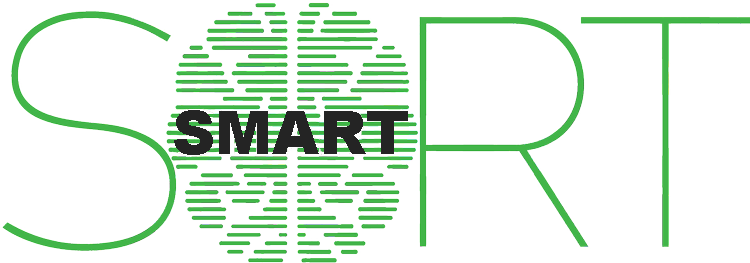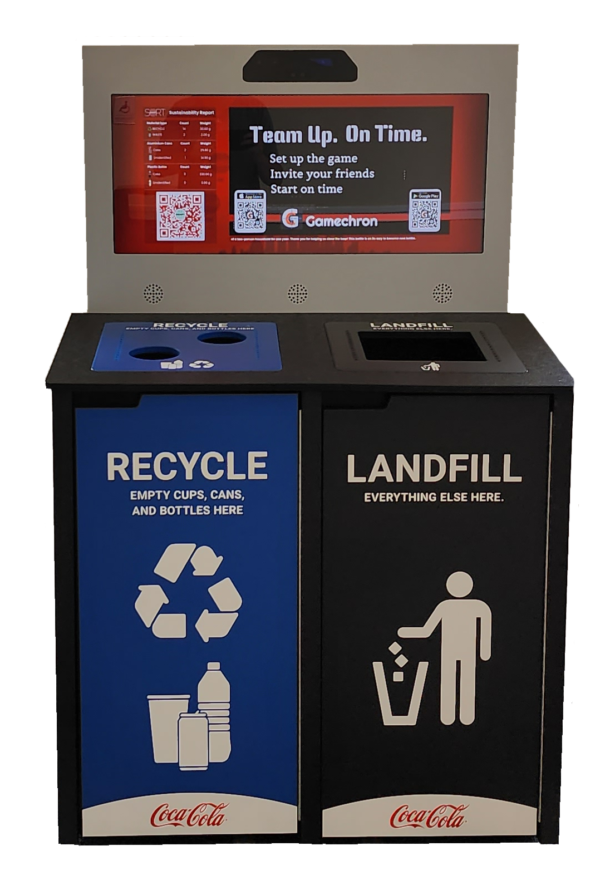As the world grapples with the challenges of waste management and environmental sustainability, innovative technologies like Smart Sort are emerging as the future of recycling. Smart Sort leverages advanced sensors and artificial intelligence to automate the sorting process, revolutionizing the way we recycle. In this blog post, we will explore the benefits of Smart Sort and provide best practices for maximizing its potential in achieving a greener and more sustainable future.
Smart Sort technology brings unparalleled efficiency and accuracy to the recycling process. By automating the sorting process, it eliminates the need for manual sorting, saving time and resources. The advanced sensors and artificial intelligence algorithms ensure accurate identification and separation of different recyclable materials, minimizing contamination and optimizing the quality of recycled products.
With Smart Sort’s streamlined sorting process, recycling facilities can handle larger volumes of recyclables in a shorter period. This increased efficiency leads to higher recycling rates and reduces the amount of waste that ends up in landfills or incinerators. By embracing Smart Sort, we can make significant progress in achieving a circular economy and reducing our carbon footprint.
Smart Sort enables us to divert a greater amount of waste from landfills and incineration facilities. By accurately sorting recyclables, it ensures that valuable resources, such as plastics, glass, paper, and metals, can be properly recycled and reused. This reduces the need for extracting virgin materials and conserves natural resources, contributing to a more sustainable future.
Smart Sort technology collects valuable data throughout the sorting process, providing recycling facilities with insights into waste composition, trends, and operational efficiency. These data-driven insights allow facilities to optimize their operations, identify areas for improvement, and make informed decisions to enhance their recycling practices. This continuous improvement cycle leads to more effective and sustainable recycling systems.
Best Practices for Smart Sort Recycling:
a) Familiarize Yourself with Local Guidelines: Understand your local recycling guidelines and regulations to ensure accurate sorting. Different areas may have specific rules regarding recyclable materials, so stay informed to make the most of Smart Sort.
b) Clean and Prepare Recyclables: Clean and dry your recyclables before placing them in designated recycling bins. This minimizes contamination and ensures accurate sorting with Smart Sort.
c) Separate Different Materials: Sort recyclables into categories such as plastics, glass, paper, and metals. This helps Smart Sort technology accurately identify and separate materials for optimal recycling.
d) Educate and Engage: Spread awareness about Smart Sort technology and the importance of recycling properly. Encourage others to participate and adopt responsible recycling practices with Smart Sort.
e) Stay Updated: Keep abreast of advancements in recycling technology, including updates and improvements to Smart Sort. By staying informed, you can make the most of these innovations and contribute to a more sustainable future.
Smart Sort is undoubtedly the future of recycling, offering numerous benefits such as enhanced efficiency, increased recycling rates, waste reduction, resource conservation, and valuable data insights. By following best practices such as familiarizing yourself with local guidelines, properly cleaning and sorting recyclables, and staying informed, you can maximize the potential of Smart Sort in achieving a greener and more sustainable world. Let’s embrace this innovative technology and work together towards a circular economy that preserves our planet for future generations.




